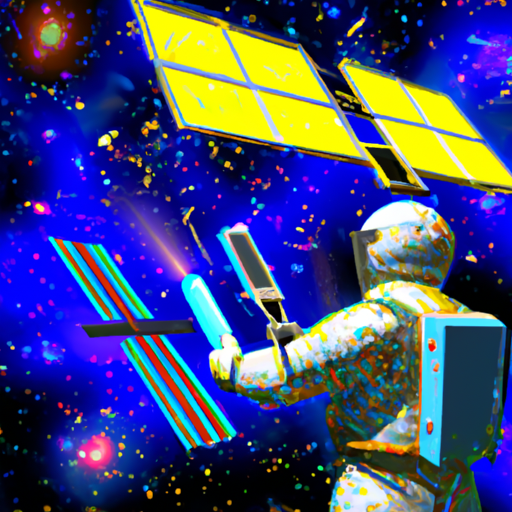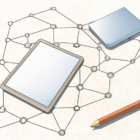Date: October 2023
Bioinformatics continues to make significant strides, transforming the landscape of medical research and personalized medicine. With the rapid growth in genomics and computational biology, researchers are now equipped with powerful tools to analyze vast amounts of biological data.
Recent Innovations
Recent advancements in bioinformatics include the development of advanced machine learning algorithms that are capable of predicting disease susceptibility and treatment outcomes based on genetic information. These tools are essential for precision medicine, allowing for more tailored and effective therapeutic strategies.
Genomics and Its Impact
The integration of genomics in bioinformatics has paved the way for breakthroughs in understanding complex diseases such as cancer, diabetes, and genetic disorders. By analyzing genetic sequences, researchers can identify mutations that lead to diseases and work towards developing targeted therapies.
Computational Biology: A Game Changer
Computational biology has enhanced the ability to simulate biological processes and predict how biological systems behave. This capability is particularly crucial in drug discovery, where bioinformatics can facilitate the identification of potential drug candidates much faster than traditional methods.
Future Prospects
As technology continues to evolve, the future of bioinformatics looks promising. With the implementation of artificial intelligence and big data analytics, researchers predict that bioinformatics will play an even more vital role in the diagnosis and treatment of diseases, ultimately leading to better patient outcomes.
In conclusion, the advancements in bioinformatics are transforming the way we approach health and medicine, making personalized treatment plans a reality. Continued investment in this field will surely yield more groundbreaking discoveries in the years to come.













